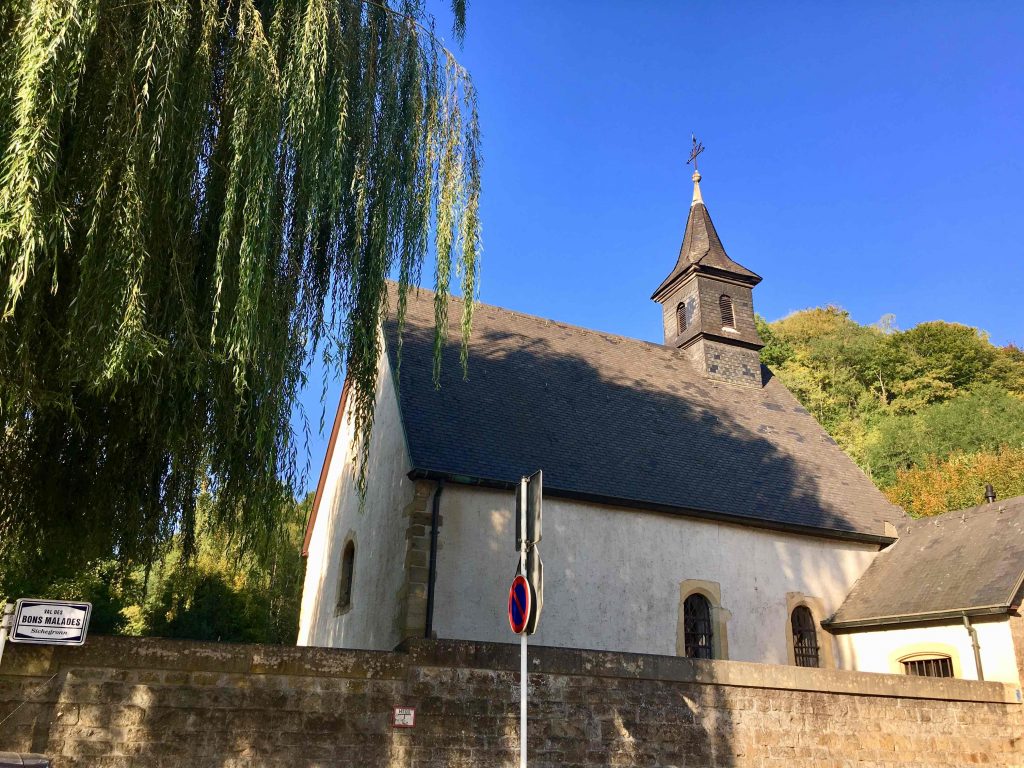”Bons Malades”?
Situated at the lower part of town, outside of the town wall, today’s chapel of the Sichenhaff once was one of the most important leprosaria of the country. In order to prevent the entrance of the infected people in the town, this chapel, which has its origins around the year 1200, was placed intentionally at the periphery.
However, the chapel of the Sichenhaff did not only care for lepers, but accommodated sick people affected by inflammations or ergotism as well. What is more, the chapel was dedicated to St. Peter of Verona, who had been evoked to help fighting against epilepsy – t’Kränkt in Luxembourgish. During the Middle Ages, people could not explain the origin of this disease and reasoned its appearance as a punishment from God. Moreover mentally ill people did not receive special treatment, but on the contrary, were accommodated in the same facility as people affected by a contagious disease.

In 1514, the lepers of the Sichenhaff created a brotherhood, called des Bons-Malades, of the good ill people. The choice of the brotherhood’s name goes back to their belief that the adjective “good” – which would not necessarily be associated with an illness – would deter black fate from the ill people. Who knows what would happen to those ill people if one would call out their disease by its proper name – leprosy or madness? Thus, according to their choice of name, no effort should be spared to overcome “evil” in a time where medicine and social respect for (mentally) ill people was far different than what we know today.
In 1800, the leper-house of the Val des Bons-Malades closed its doors. Since its renovation in 1982, the chapel has been used as a morgue.
